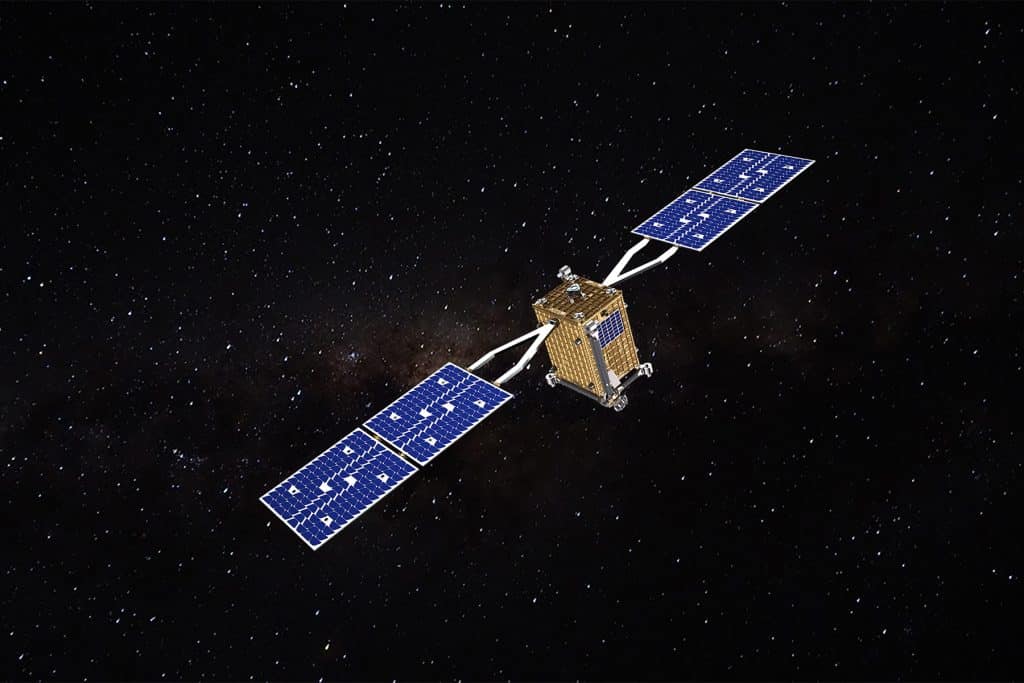Functional Availability No Longer Sufficient for Space
The Air Force is concerned less with how long a satellite will last in orbit and more about the spacecraft’s “Resiliency Capacity,” Winston Beauchamp, Deputy Undersecretary of the Air Force for Space, told a Space News Washington Space Business roundtable luncheon recently.
For decades, the Air Force used a formula called “Functional Availability” that predicted the end life of a platform. The metric took into account wear and tear in the harsh space environment, along with anticipated technological advances that would engender obsolescence. The time of anticipated failure established the point at which a replacement was required, and not much before that time.
“’Functional Availability’ itself is obsolete, Beauchamp said. “It might have made sense in a benign environment, but … that’s not an environment we find ourselves in anymore.”
He said that “Resiliency Capacity” adds emerging threats in space and their potential impact on mission assurance to the metric. Those threats include – but are not limited to – the jamming capability of rivals as well as physical threats for “each mission element of the architecture,” Beauchamp told the WSBR luncheon attendees.
In his remarks, Beauchamp echoed elements of a speech given by Gen. John Hyten, chief of Air Force Space Command, on December 8 in which Gen. Hyten said the service needs to move toward a metric that takes threats into account in acquisitions and developments for space. Gen. Hyten added that it was a message that should be conveyed to those who fund space projects, including Congress and the Pentagon.
Please see below for the video of Deputy Undersecretary Beauchamp’s remarks.






















